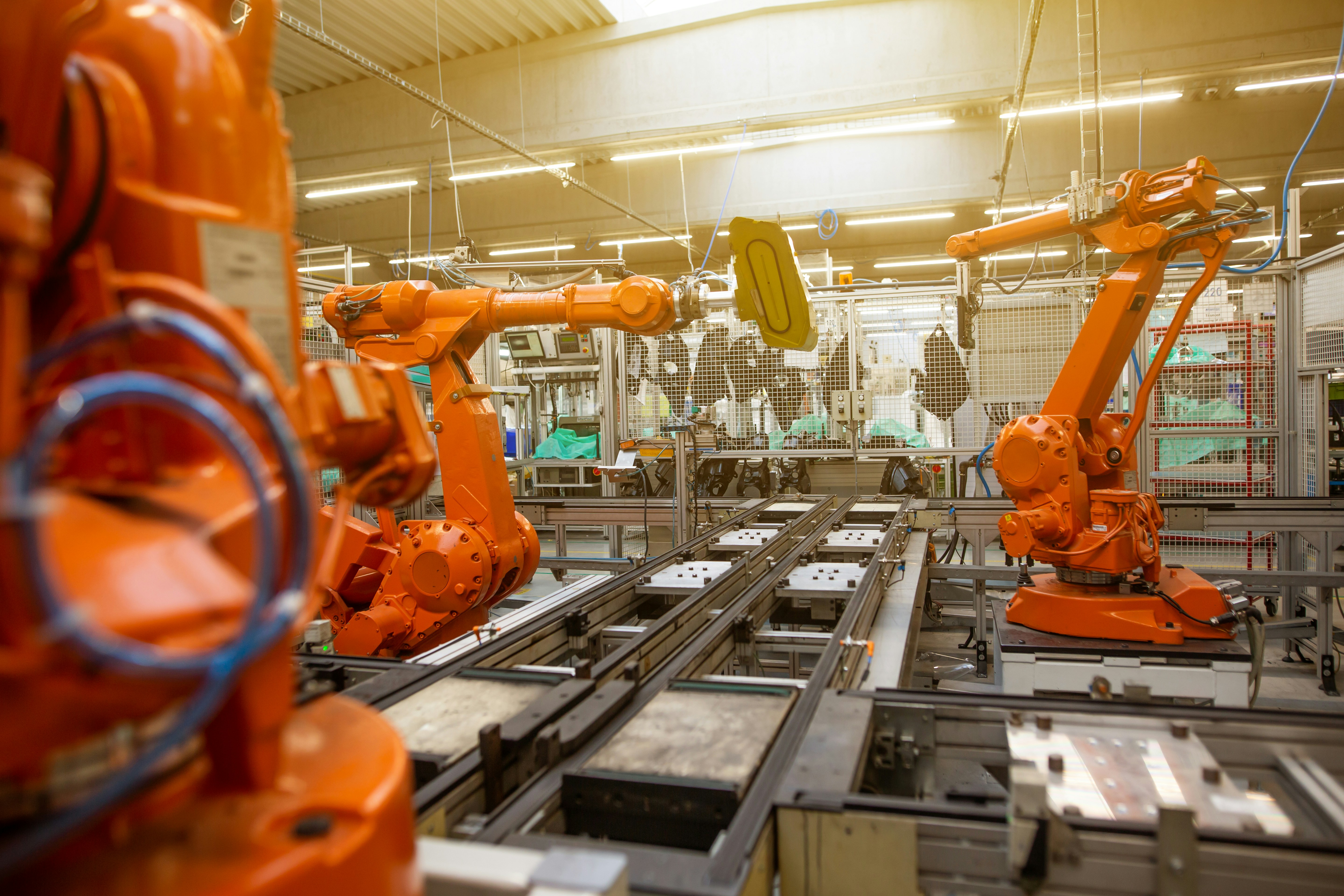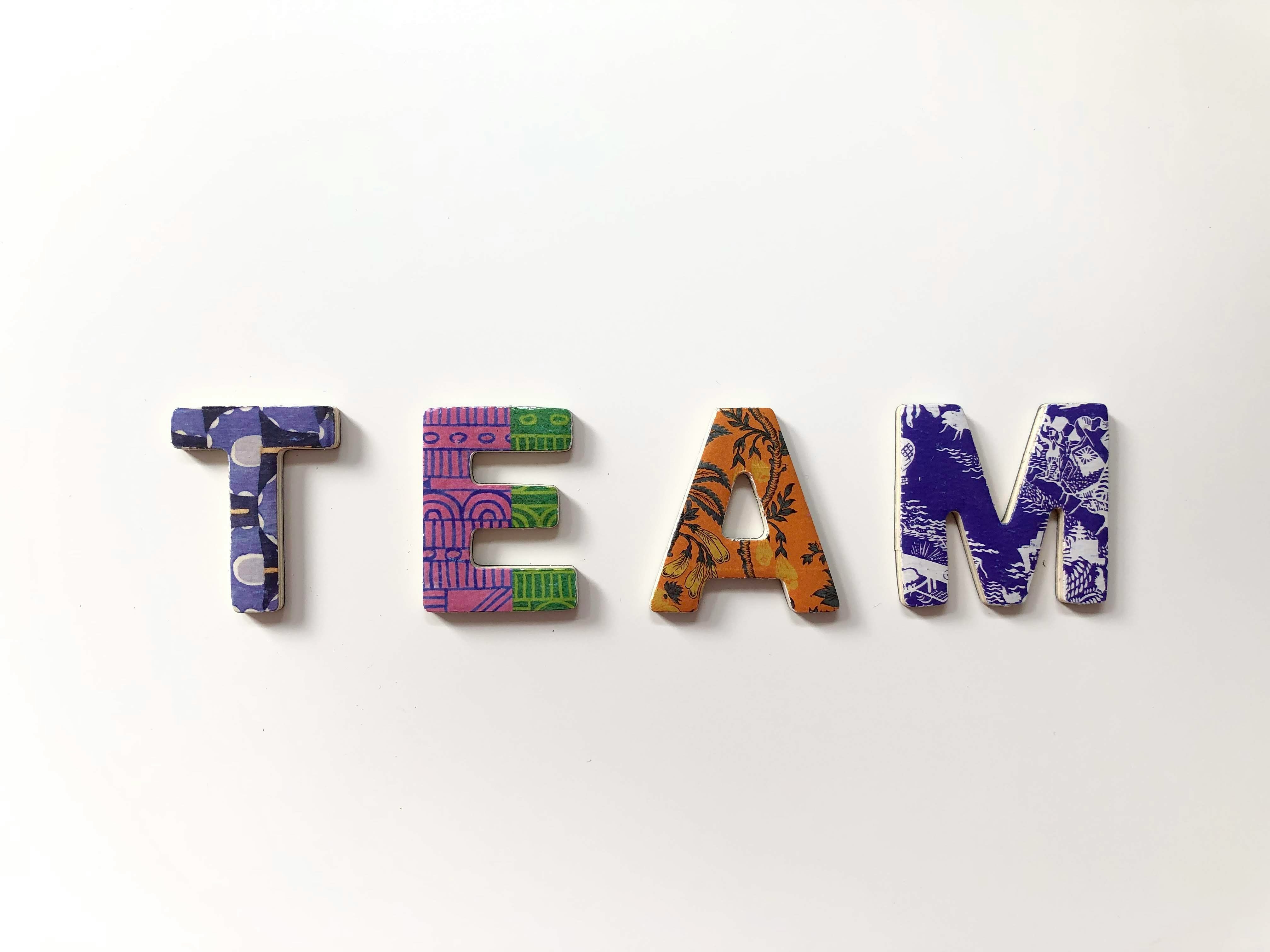
Why Robotics Careers in the UK Are Becoming More Multidisciplinary
Robotics used to be the domain of mechanical, electrical and software engineers. In the UK today, robotics is more than motors and control loops — it’s about perception, interaction, trust, regulation and integration into human environments. That evolution means robotics careers are becoming more multidisciplinary.
Modern robots interact with people, collect data, operate under constraints, and often assist in safety-critical environments (healthcare, manufacturing, transport). So engineers now collaborate closely with legal, ethical, psychological, linguistic and design experts.
In this article, we explore why UK robotics careers are evolving into multidisciplinary roles, how law, ethics, psychology, linguistics & design intersect with robotics, and how job-seekers and employers can adapt to this shift.
Why robotics is evolving toward multidisciplinary roles
1) Regulation & safety standards are central
Robots work in public, industrial or clinical spaces, triggering liability, safety, insurance, certification and standards. Legal accountability is built into robotics.
2) Ethical concerns guide trust
Robots make decisions in uncertain environments. How to embed value alignment, transparency, fairness, safety and accountability is deeply ethical.
3) Human interaction matters deeply
Robots are physical, proximate and intentional. Miscommunication, trust, expectations and social dynamics are shaped by psychology.
4) Language & communication are interfaces
Robots speak, gesture, interpret commands, narrate status, respond to voice or text. Linguistics helps in dialogue, behaviour interpretation, instruction clarity.
5) Design binds function to acceptance
How a robot looks and behaves matters. Design gives robots affordances, usability, intuitive control — making them acceptable & effective in human spaces.
How robotics intersects with the five allied fields
Robotics + Law: liability, compliance & governance
Why it matters Robots in the wild can hurt people or property. Laws around product liability, data protection, safety standards, compliance and contracts govern their deployment.
What the work looks like
Drafting safety certification reports & compliance documentation.
Mapping liability in autonomous decision chains.
Advising on data protection & surveillance laws when robots collect image/audio.
Defining terms in service contracts, warranties & support.
Managing intellectual property for robotic systems.
Skills to cultivate Product liability law, safety regulation, data protection, contract law, understanding of robotics architectures to locate risk zones.
Roles you’ll see Robotics compliance engineer; legal counsel for robotics; robot safety & regulatory officer; liability analyst in robotics firms.
Robotics + Ethics: value alignment in machines
Why it matters Robots affect human safety, privacy, autonomy, equality, dignity. Ethical frameworks guide how they should act, fail, warn or adapt.
What the work looks like
Running ethical risk assessments of autonomy levels.
Defining fallback behaviours, override mechanisms & transparency.
Addressing fairness issues (e.g. task allocation, perception bias).
Establishing audit trails, red teaming, ethical review boards.
Engaging stakeholders (users, public, regulators) about robot roles.
Skills to cultivate Applied ethics, value-sensitive design, human rights awareness, stakeholder engagement, scenario planning.
Roles you’ll see Robotics ethicist; oversight & governance lead; value alignment engineer; ethical review specialist in robotics.
Robotics + Psychology: human-robot interaction & trust
Why it matters Robots operate in human spaces. Trust, comfort, mental models, communication cues, reaction under failure — all require psychological insight.
What the work looks like
Studying how humans interpret robot actions & intentions.
Designing robot motion, timing & feedback to reduce cognitive load.
Conducting usability studies of robot controls or interfaces.
Evaluating trust calibration, overreliance or underutilisation.
Modelling human responses to robot errors or unexpected behaviour.
Skills to cultivate Cognitive psychology, HRI (human-robot interaction), experimental design, qualitative methods, attention & perception studies.
Roles you’ll see HRI researcher; robot trust specialist; human factors engineer in robotics; user behaviour analyst in robotics firms.
Robotics + Linguistics: robot communication & instruction
Why it matters Robots increasingly accept natural language, interpret commands, speak feedback and understand context. Linguistics improves clarity, robustness & inclusivity.
What the work looks like
Designing natural language interfaces for robot commands and queries.
Building annotation schemes or corpora for robot instruction.
Handling ambiguous, colloquial or multilingual instructions.
Supporting voice, gesture & multimodal command combinations.
Interpreting error messages, clarifications, dialogues between human & robot.
Skills to cultivate Pragmatics, semantics, discourse analysis, dialogue systems, computational linguistics, multimodal communication.
Roles you’ll see Robot dialogue designer; language interface engineer; computational linguist in HRI; multilingual robotics interface specialist.
Robotics + Design: shaping embodied intelligence
Why it matters Robots live in the physical world and interface with humans. Design governs form, affordances, controls, visual cues, interaction spaces. Good design ensures safety, usability & acceptance.
What the work looks like
Prototyping physical form, sensors layout & human interaction surfaces.
Designing interfaces or screens on robots, control panels, remote UIs.
Creating feedback modes (lights, sounds, movement cues) that are intuitive.
Ensuring accessibility and inclusive design (for disabled users, children, elderly).
Testing in real environments to catch interaction failures.
Skills to cultivate Industrial design, interaction design, prototyping, usability testing, spatial design, sensor/interface literacy.
Roles you’ll see Robotics UI/UX designer; industrial designer for robots; human-robot interaction designer; embodied interface researcher.
Implications for UK job-seekers
Hybrid skills differentiate you: Pair robotics engineering with law, ethics, psychology, linguistics or design.
Create cross-disciplinary prototypes: Build robot demos that include communication, ethical constraints, user trials.
Learn safety, regulation & risk: Study UK product safety & robotics standards.
Build empathy with users: Understand end users’ needs, fears, expectations.
Network broadly: Engage with design, ethics & HRI communities as much as robotics researchers.
Implications for UK employers
Recruit diverse expertise: Engineers alone aren’t enough — include ethicists, psychologists, designers & legal specialists.
Integrate oversight early: Embed safety, usability & regulation in design phases.
Test deeply with users: Real-world trials often expose hidden behavior problems.
Document decisions & failures: Traceability is critical for safety & compliance.
Foster cross-training: Engineers should learn basics of ethics or HRI, non-technical staff learn robotics fundamentals.
Practical paths into multidisciplinary robotics careers
Workshops & courses on robotics ethics, HRI, safety standards, design for robots or technical writing.
Cross functional projects — hackathons combining designers, psychologists & engineers.
Open source or maker communities — build robot demos that incorporate UI, explainability or speech interfaces.
Internships at robotics firms working in user validation, compliance, HRI or design labs.
Mentoring & collaboration — partner with ethicists, designers, psychologists in your projects.
CV & cover letter tips
Lead with hybrid value: “Robotics engineer with HRI expertise” or “Robot developer with compliance awareness”.
Show impact & evidence: “Tested robot UI in real environment, reduced user errors by 30%.”
Highlight risk & regulation exposure: Safety standards, liability, compliance trials.
Quantify adoption & safety metrics: user satisfaction, failure recovery, trust scores.
Anchor to UK context: robotics in healthcare, industry, transport or defence in the UK.
Common pitfalls & how to avoid them
Focusing only on control loops → Ignore how humans interact, and systems will fail socially.
Assuming users will adapt → Design for human needs, not expectations of expertise.
Using opaque language or responses → Robot feedback must be intuitive.
Skipping real-world testing → Lab setups don’t reveal deployment challenges.
Neglecting regulatory risk → Liability and safety must be treated seriously from design.
Future of robotics careers in the UK
Hybrid roles multiply: “Robot ethics lead”, “HRI designer”, “legal compliance specialist in robotics”.
Governance & assurance rise: Independent audits of robot behavior will be standard.
Trust engineering becomes essential: Psychology & ethics combine to shape acceptable robot behavior.
Language & communication roles expand: Designers of robot instruction interfaces, dialogue & feedback.
Design-driven adoption: Robots that look and behave intuitively will lead.
Self-check questions
Can you explain your robot in plain terms?
Do you know which UK safety & liability laws apply?
Have you done user testing with real people?
Are your robot’s feedback & instructions clear and consistent?
Do you consider user trust or failure recovery in your designs?
If not, these are your areas to grow.
Conclusion
Robotics careers in the UK are no longer just about motors, sensors & algorithms. They are becoming deeply multidisciplinary — integrating law, ethics, psychology, linguistics & design.
For job-seekers, this opens new pathways: designers, ethicists, psychologists, communicators all have a place in robotics. For employers, it’s a call to build teams from day one that combine technical skill with trust, safety, communication & usability.
The next generation of UK robotics will be built not just by engineers, but by multidisciplinary thinkers who ensure robots are safe, intuitive, trustworthy & useful in human environments.


